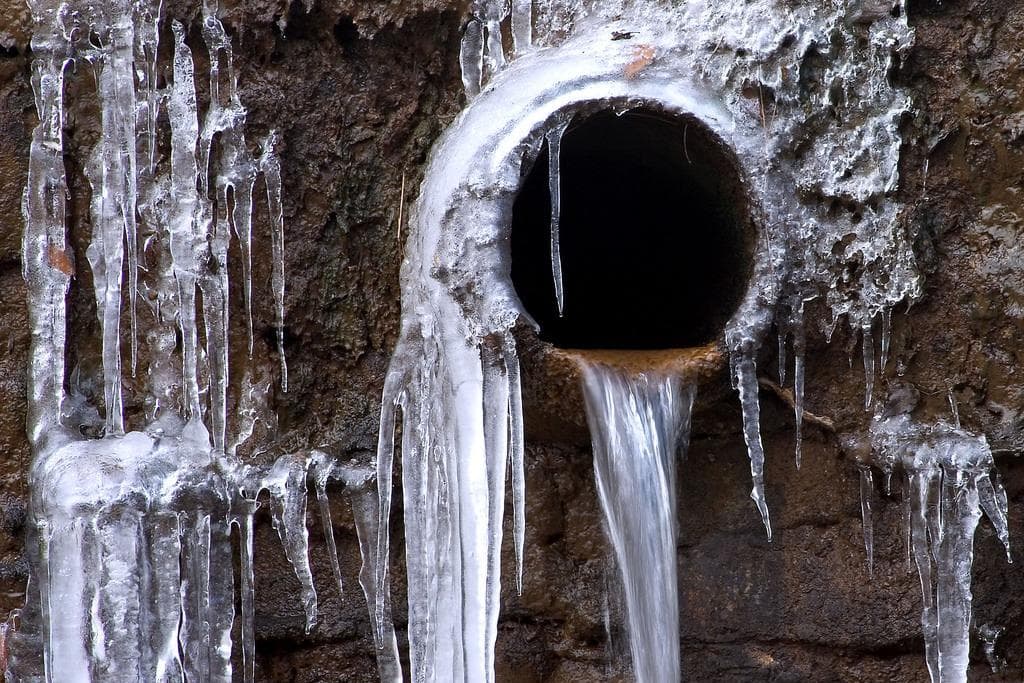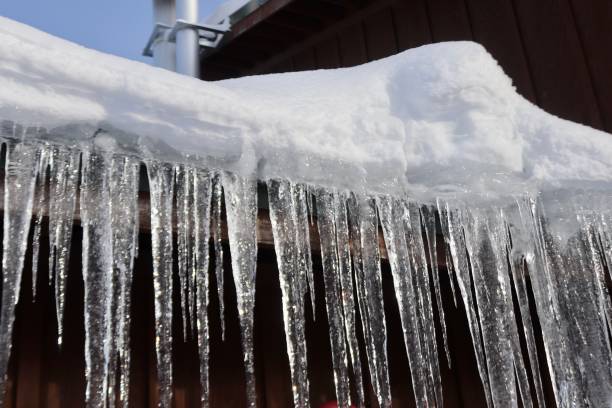Crucial Tips for Preventing Frozen Pipes in Cold Weather Seasons
Crucial Tips for Preventing Frozen Pipes in Cold Weather Seasons
Blog Article
This great article down below in relation to Preventing and dealing with frozen pipes is definitely enjoyable. You should take a look.

Winter can ruin your pipes, particularly by freezing pipelines. Here's how to prevent it from taking place and what to do if it does.
Introduction
As temperatures decline, the danger of icy pipelines increases, possibly bring about expensive repairs and water damage. Recognizing how to avoid icy pipelines is crucial for home owners in cold climates.
Comprehending Icy Pipelines
What causes pipes to ice up?
Pipes ice up when exposed to temperature levels below 32 ° F (0 ° C) for extended durations. As water inside the pipelines freezes, it expands, taxing the pipe wall surfaces and possibly creating them to break.
Threats and problems
Icy pipelines can result in supply of water disturbances, residential property damage, and expensive repair services. Ruptured pipelines can flooding homes and create considerable architectural damage.
Indicators of Frozen Pipeline
Determining icy pipelines early can stop them from breaking.
Just how to identify icy pipelines
Seek decreased water circulation from faucets, uncommon odors or noises from pipes, and visible frost on subjected pipelines.
Avoidance Tips
Shielding prone pipelines
Cover pipelines in insulation sleeves or utilize warm tape to secure them from freezing temperature levels. Focus on pipes in unheated or external locations of the home.
Heating methods
Keep indoor areas appropriately heated, especially locations with pipes. Open cabinet doors to enable warm air to distribute around pipes under sinks.
Protecting Outside Pipes
Garden tubes and outside taps
Separate and drain yard hose pipes prior to winter months. Mount frost-proof faucets or cover exterior faucets with shielded caps.
What to Do If Your Pipes Freeze
Immediate actions to take
If you believe frozen pipelines, keep faucets open to soothe stress as the ice thaws. Utilize a hairdryer or towels soaked in warm water to thaw pipelines slowly.
Long-Term Solutions
Structural modifications
Consider rerouting pipelines away from exterior walls or unheated locations. Add additional insulation to attic rooms, basements, and crawl spaces.
Updating insulation
Buy premium insulation for pipes, attic rooms, and walls. Correct insulation assists keep consistent temperatures and lowers the danger of icy pipes.
Conclusion
Preventing frozen pipelines calls for proactive measures and quick feedbacks. By comprehending the reasons, indications, and safety nets, home owners can safeguard their pipes throughout cold weather.
5 Ways to Prevent Frozen Pipes
Drain Outdoor Faucets and Disconnect Hoses
First, close the shut-off valve that controls the flow of water in the pipe to your outdoor faucet. Then, head outside to disconnect and drain your hose and open the outdoor faucet to allow the water to completely drain out of the line. Turn off the faucet when done. Finally, head back to the shut-off valve and drain the remaining water inside the pipe into a bucket or container. Additionally, if you have a home irrigation system, you should consider hiring an expert to clear the system of water each year.
Insulate Pipes
One of the best and most cost-effective methods for preventing frozen water pipes is to wrap your pipes with insulation. This is especially important for areas in your home that aren’t exposed to heat, such as an attic. We suggest using foam sleeves, which can typically be found at your local hardware store.
Keep Heat Running at 65
Your pipes are located inside your walls, and the temperature there is much colder than the rest of the house. To prevent your pipes from freezing, The Insurance Information Institute suggests that you keep your home heated to at least 65 degrees, even when traveling. You may want to invest in smart devices that can keep an eye on the temperature in your home while you’re away.
Leave Water Dripping
Moving water — even a small trickle — can prevent ice from forming inside your pipes. When freezing temps are imminent, start a drip of water from all faucets that serve exposed pipes. Leaving a few faucets running will also help relieve pressure inside the pipes and help prevent a rupture if the water inside freezes.
Open Cupboard Doors
Warm your kitchen and bathroom pipes by opening cupboards and vanities. You should also leave your interior doors ajar to help warm air circulate evenly throughout your home.

Do you appreciate reading up on Prevent Frozen Pipes ? Give feedback further down. We'd be pleased to see your views about this blog. In hopes that you visit us again before long. For those who enjoyed reading our blog posting kindly make sure you remember to pass it around. We cherish your readership.
Appointment Report this page